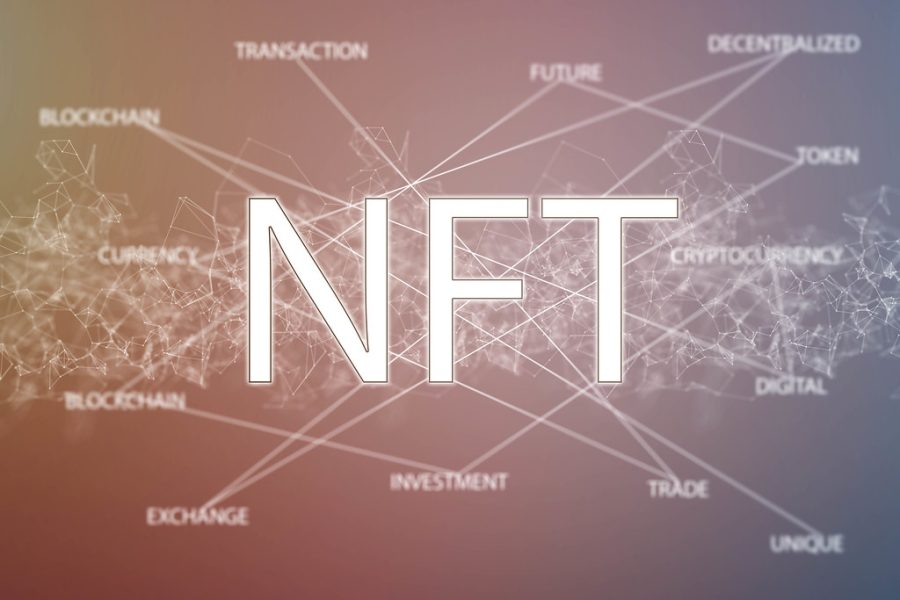NFTs: What are They?
November 19, 2021
Remember back in the days when you would spend your last allowance money on a pack of Pokémon cards, and finally you’d get that rare card you were looking for. You would treasure it forever, taking great care of that card, showing it off to your friends, whatever. The thing that made it so enticing was its rarity, it’s a 1 in 4000 chance to get this card! Finally, we have entered an era where this same thing can be applied to art, welcome to the era of the NFT.
An NFT, or non-fungible token, is just that, an online token that has no intrinsic value, and it’s value is just based on its supply and demand. These NFTs can be a piece of art, a video, a sample of music, whatever. The best comparison to them is a trading card. An online trading card. Essentially, people are buying these NFTs with cryptocurrency (online currency), and selling them off for possible profit. It’s an entire new form of investment. There have been NFTs of art, tweets, viral YouTube videos, NBA players, you name it.
So what’s the big whoop about NFTs? Why are they so controversial? Well, the simple fact that people are paying absurd amounts for a literal image is an insane idea in and of itself. However, the more serious controversy boils down to how NFTs are bought, sold, and stored. NFTs are bought and sold using Ethereum, a popular cryptocurrency, which operates entirely online and without a third party. The problem? This entire online economy has to run peer to peer (without a third party) at all points in the day, and this online economy has a variety of huge computer systems (this is known as the blockchain) running it. These systems run by “miners” have a gigantic carbon footprint, and the more Ethereum is being used, the more computers are hooked to the blockchain, the more these computers have to work, more of a footprint this leaves. This leads to buying and selling NFTs being essentially harmful for the environment, which, in our ever increasing environmental consciousness, is not good.
Finally, what makes the NFTs special? Couldn’t I just right click and save the piece of art rather than dishing out $20,000 for a picture of a blue monkey? In theory, yes you could do just that, but it wouldn’t be that official NFT. The Ethereum blockchain, whenever you buy an NFT, gives that purchase a special “code”, stating that your copy is the “official” copy of that NFT. So while you may be able to just screenshot the image, it wouldn’t be the “official” copy of it. The official one is secured by the Ethereum blockchain, so only that one can be resold and rebought.
NFTs, while controversial, are an interesting trend in the collecting market. These online trading cards are building a huge community or investors, artists wanting to sell, or celebrities trying to cash in. I don’t see this trend of digital art dying soon, in fact, this is probably only the beginning. So buy some online art, and strap in for a new era.


